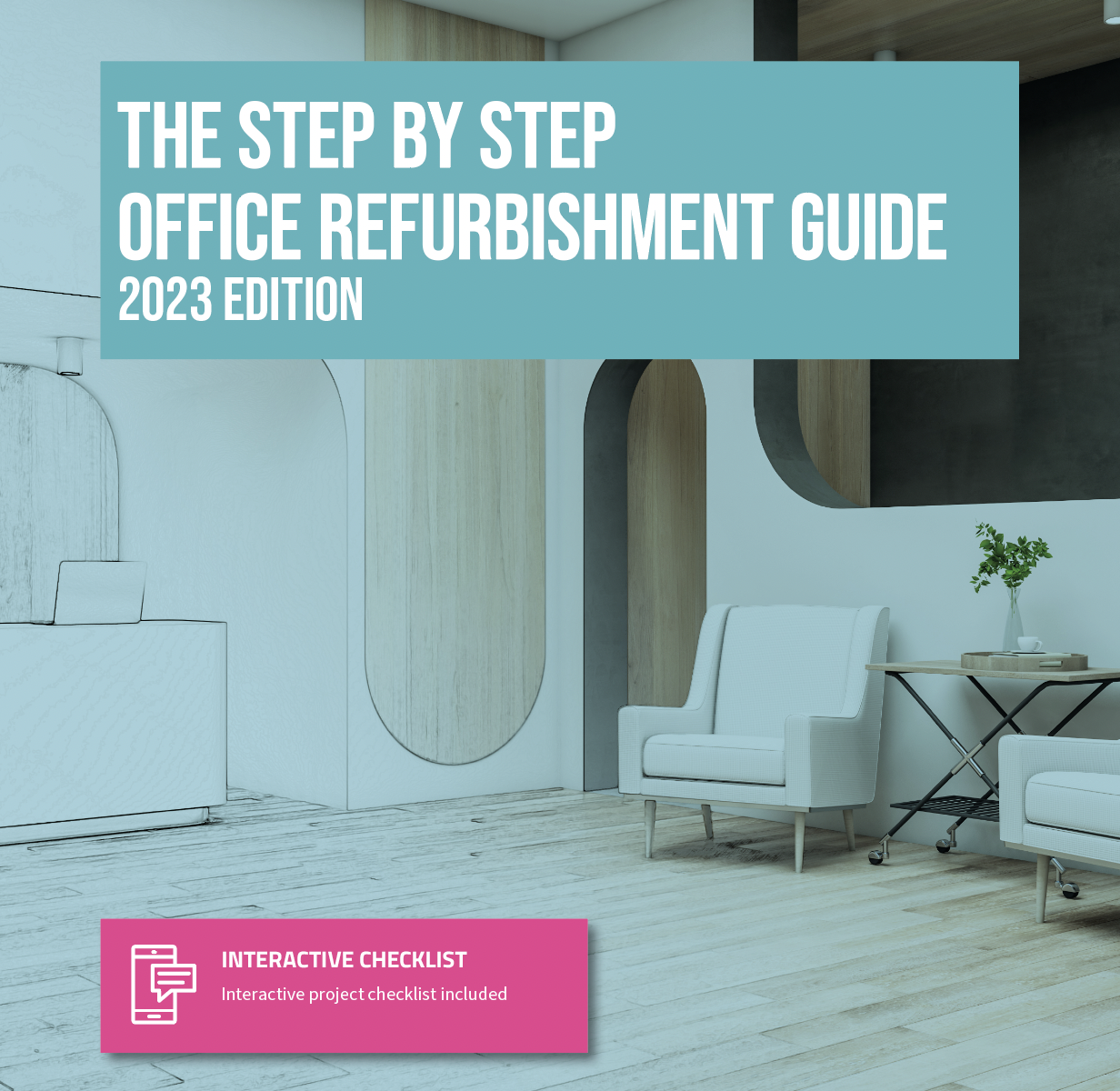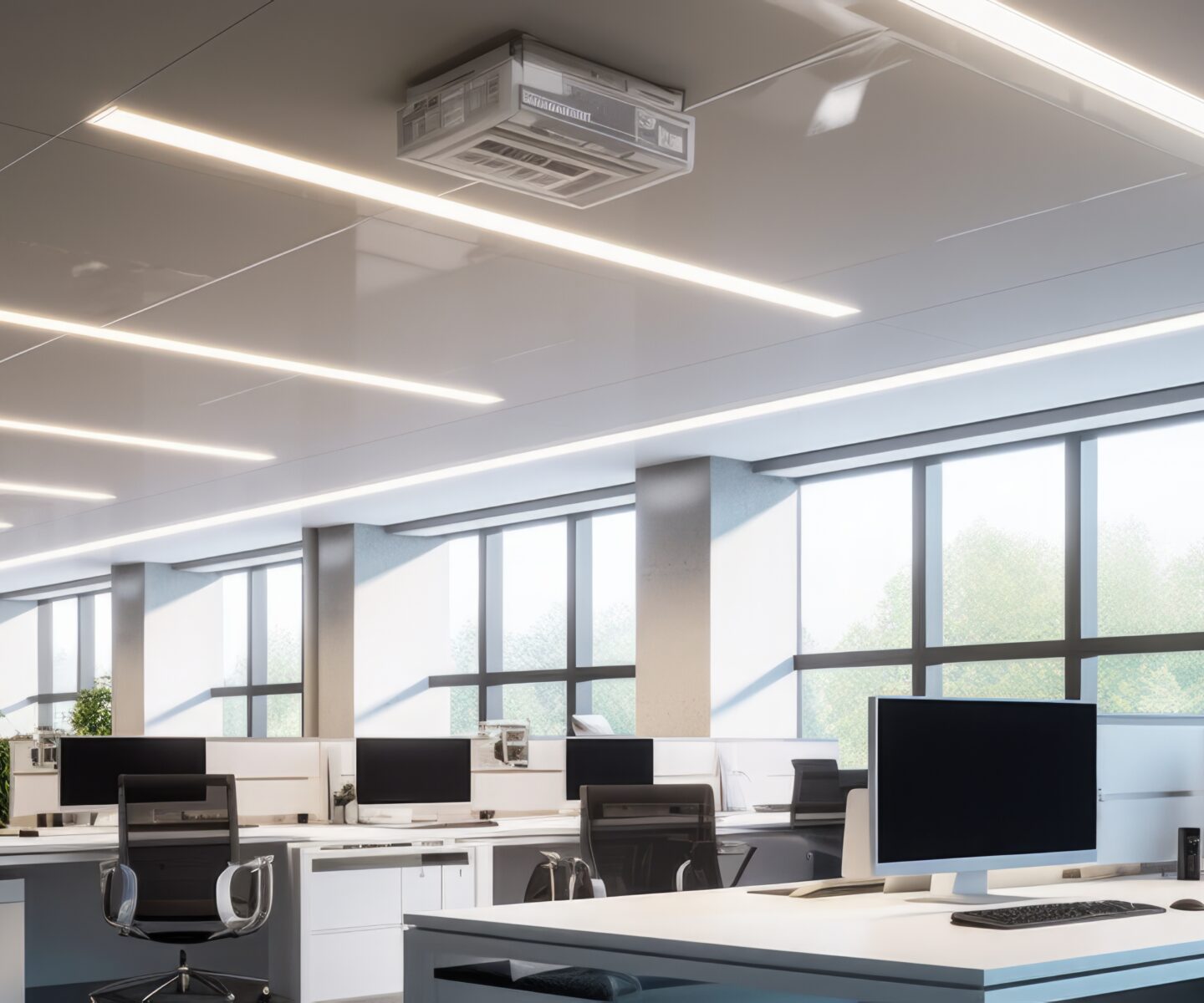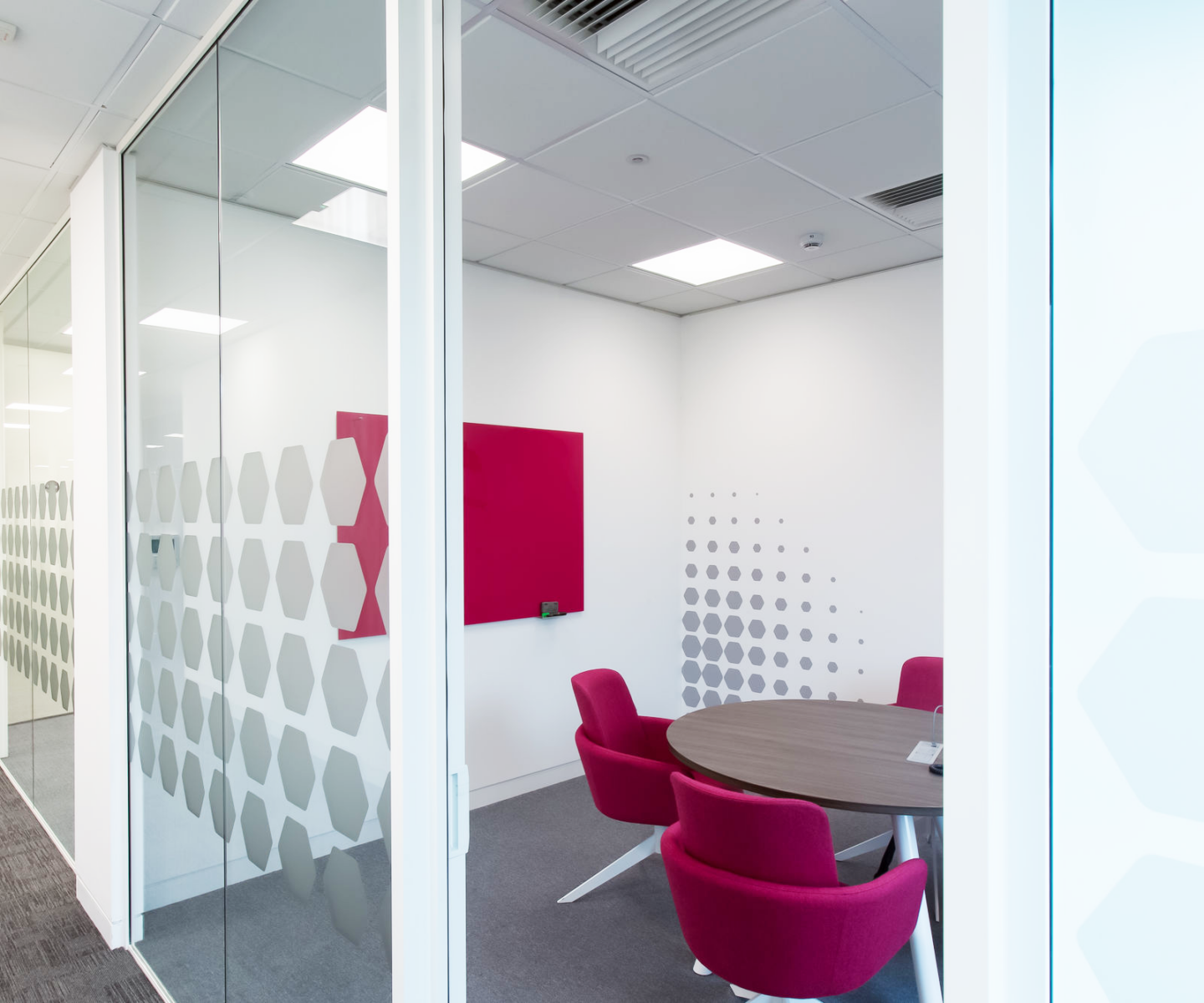Step 1: Define fit-out costs and budgets
An office fit-out will likely be one of your business’s big investments, so ensuring you have the right budget is critical.
Break your costs down into different cost categories and aim to get a range of quotes for each to draw up a detailed budget for the entire project. We generally recommend four core categories for your probable spend:
- Building-related (e.g., rent, maintenance, construction costs, dilapidations)
- Advisory fees (e.g., legal advice, audits, workplace consultancy)
- Capital expenditure (e.g., fit-out, IT infrastructure, furniture)
- Soft costs (e.g., insurance, staff training)
Remember to explore cost savings to maximise the value and savings from the project. This could be allowances (e.g., sustainability) or landlord contributions.
Step 2: Assemble your team
Many moving parts come with an office refurbishment, which will likely substantially impact everyone in the business. To ensure everyone is working towards the best possible outcome, defining roles and setting responsibilities for all key departments is helpful.
These departments will look different for every business, but as a starting point, you’ll need to consider how each team will be impacted and who your key stakeholders will be.
Step 3: Appoint a design and furnishing partner
Once you have your business case, budget and project manager all in place, your design and refurbishment teams will turn the empty shell of the interior into an operational space for your team. This transformation is where the majority of your costs will be spent, so it’s important to have the right team.
Do your design and build partner offer…
- Complete project management through one point of contact?
- Workplace consultancy and space audits to qualify your space needs?
- Full cost estimates with a fixed and transparent budget.
- Space planning?
- Interior design?
- Fit out and construction?
- Furniture selection and procurement?
- Mechanical & electrical design and installation?
- HVAC (heating, ventilation and air conditioning)?
- Plumbing?
- Planning permission and landlord negotiations/applications?
- Health & safety and building compliance?
- IT and telephony cabling, moving & installation?
Step 4: Review your IT needs
Your IT requirements will be one of the most important things to consider when planning your office move. Make sure you get started as early as possible and begin working with your internal or external project managers to ensure you’re able to have everything up and running from day one.
Step 5: Review your storage requirements
Office storage is often considered at the last moment, usually at the point when you’re making furniture decisions. However, addressing it late can cause organisational issues further down the line.
While in the design phase of your office refurbishment project, you need to be reviewing your business’s storage needs.
Developing a considered storage and filing strategy can reduce your space requirements and boost efficiencies in the workplace.
Here are some points to consider when compiling a coherent storage and filing strategy.
- Recycling/bin storage
- Personal storage (desks, pedestals)
- Document storage
- Office supply storage
- Housekeeping (coat racks, lockers)
- Reception storage
- Kitchen area storage
- Secure storage
- Offsite storage and warehousing
- Cloud storage
Step 6: Communicate your fit-out plan
An office fit-out is an exciting time for a business and its people, but a new environment can potentially cause anxiety and uncertainty among employees.
To remove any uncertainty about the change, we recommend you keep everyone informed, including:
- Regulators
- Department heads
- Parent company
- Unions
- Staff
- Board members
Make sure you:
- Open clear lines of communication and a chain of command
- Hold weekly progress meetings to review the programme
- Hold weekly site visits with the project team
Weekly site visits with the project team
Organise weekly site visits with the project team to review your programme and ensure the work is performed to a high standard.
The agenda for these meetings should include the following;
- Review of previous visits
- Design changes
- Variations with allocated costs
- On-site health and safety amendments
- Environmental and disposal concerns
- Review of programme
- Review of space and any faults that need to be rectified
- Review of finishes
Progress meetings to review the programme
Organise a communication plan for staff, customers, neighbouring tenants and service providers to ensure everyone is in the loop.
The agenda for these meetings should include the following;
- Review of programme
- Design changes
- On-site health and safety amendments
- Environmental and disposal concerns
- Finishes
- Community feedback
Step 7: Choose move champions
In larger businesses, we recommend selecting a champion from each department to help ease the natural burden of adapting to your new office. For smaller businesses, one or two move champions will work.
Your move champions can be troubleshooters for the rest of the business, especially in the first few days. They can also support general introductions to the new space with office tours for different teams to help them familiarise themselves with their new surroundings.
Step 8: Get set for move-in day
With so much to manage on the day itself, we recommend doing a few things to make the launch as smooth as possible.
- Ensure the fit-out and delivery teams can access your site – including when work is carried out on weekends or evenings.
- Make sure there is sufficient parking space, and consider where your staff will park if the fit-out teams use their spaces.
- Label everything – if you’re moving departments across multiple floors, we would recommend a format for your labels (such as name, team and floor).
- Make arrangements with removal companies. Consider your long-term and short-term requirements for offsite storage and assess any archiving requirements.
- Make sure you’ve discussed the move with your IT and Telecoms company regarding the movement of technical equipment and that they have everything covered.
- Now is the right time to do a spring clean of the workplace, just before the fit-out team starts work.
If you are planning an office fit-out, please get in touch for advice.


